In today’s fast-paced business world, talent alone doesn’t guarantee team success. We’ve all seen highly skilled teams underperform and smaller, seemingly less gifted groups achieve extraordinary results. What sets these high-performing teams apart isn’t just skill or experience-it’s the invisible synchrony in how their brains work together. Welcome to the cutting edge of the neuroscience of high-performing teams, where brain synchronization and collaboration are the real game-changers.
What Is Brain Synchronization?
Brain synchronization, also known as inter-brain coherence, is the phenomenon where the neural rhythms of individuals in a group align during collaboration. When people work closely together-solving problems, brainstorming, or even just having a productive meeting-their brains literally start to sync up, matching patterns of activity in real-time.
Why Does This Happen?
-
Shared Intentionality: When team members share a common goal and intention, their brains tend to synchronize, particularly in regions associated with social cognition and executive function.
-
Social Concordance: Teams that agree and collaborate well show higher inter-brain coherence, especially in the gamma frequency band (25–40 Hz), which is linked to social connectedness and collective decision-making.
-
Task Engagement: High engagement in a shared task, such as a group project or a sports match, boosts neural synchrony and creates a unique state known as “team flow”.
The Science: How Brain Synchronization Fuels Team Performance
1. Enhanced Communication and Empathy
Research shows that when teams are in sync, communication becomes more efficient. Members anticipate each other’s needs, finish each other’s sentences, and respond more intuitively. This neural alignment fosters empathy, making it easier to understand and support one another.
2. Improved Decision-Making
Teams with high inter-brain coherence are better at making collective decisions. Synchronization in theta and alpha brainwaves (4–12 Hz) has been linked to improved joint performance on complex tasks, as these frequencies are associated with focus, memory, and cognitive flexibility.
3. Stronger Prosocial Behavior
Interpersonal synchrony not only predicts better teamwork but also increases the likelihood of prosocial actions-helping, sharing, and supporting each other. This is mediated by brain regions involved in social cognition and reward.
4. The Unique Power of Team Flow
Team flow is a state where a group achieves high engagement and seamless collaboration, often resulting in peak performance. Neuroscientific studies show that team flow is associated with increased beta and gamma power in the left middle temporal cortex, which integrates information from both social and individual flow states. This state leads to:
-
Faster task switching
-
Fewer misunderstandings
-
Deeper concentration
-
Creative breakthroughs
How to Create Team Flow: Practical Steps
Achieving team flow isn’t just about putting smart people in a room. It’s about intentionally cultivating conditions that foster inter-brain coherence in business teams.
1. Foster Psychological Safety
A culture where team members feel safe to express ideas, take risks, and make mistakes without fear of judgment is essential. Psychological safety boosts oxytocin, the “connection hormone,” which enhances trust and collaboration.
2. Align on Purpose and Goals
Teams with clear, shared goals are more likely to synchronize their neural activity. Regularly revisit your team’s mission and objectives to keep everyone aligned.
3. Leverage Brain-Based Productivity Tools
Modern teams can use neuroscience-backed tools to enhance focus and synchronization. For example, music apps like Brain.fm use specific sound patterns to increase focus and productivity. Wearable devices like neuroVIZR go a step further, using light and sound stimulation to guide teams into synchronized, high-performance brain states.
4. Design Meetings and Workflows for Flow
-
Short, focused sessions: Break work into sprints to maintain engagement.
-
Rituals for alignment: Begin meetings with brief mindfulness or synchronization exercises.
-
Role clarity: Assign roles that play to each member’s strengths, as different profiles contribute uniquely to team flow (e.g., Creators, Supporters, Analysts).
neuroVIZR: A Brain-Based Productivity Tool for Teams
neuroVIZR is a wearable device that uses light and sound to help individuals and teams achieve brain synchronization. Here’s how it supports brain synchronization and collaboration:
-
Guides users into alpha-theta states: These frequencies are linked to relaxation, creativity, and focus.
-
Promotes emotional coherence: Reduces stress and aligns emotional states before collaboration.
-
Aligns neural rhythms: Multisensory entrainment helps teams “click” and enter group flow more easily.
Real-World Impact
Teams using neuroVIZR report:
-
Less noise and distraction before meetings
-
Improved focus and output during creative sessions
-
Enhanced sense of connection and shared purpose
The Future: Inter-Brain Coherence in Business Teams
As neuroscience continues to uncover the mechanisms behind group performance, it’s clear that the most successful teams aren’t just working together-they’re thinking together. Inter-brain coherence is becoming a key metric for organizational health, influencing everything from innovation to employee well-being.
Key Takeaways
-
High-performing teams sync up at the neural level.
-
Brain synchronization enhances communication, decision-making, and creativity.
-
Team flow is a unique, measurable brain state that predicts peak performance.
-
Brain-based productivity tools like neuroVIZR can help teams achieve these states intentionally.
Conclusion
The neuroscience of high-performing teams reveals that collaboration is more than just a soft skill-it’s a biological process that can be measured, cultivated, and optimized. By understanding and leveraging brain synchronization and collaboration, organizations can unlock new levels of productivity, innovation, and connection. Whether you’re leading a Fortune 500 team or a remote startup, investing in brain-based productivity tools and practices is the smartest way to help your team think-and succeed-together.
Disclaimer: neuroVIZR is a wellness device created to promote relaxation, focus, and overall brain wellness. It is not a medical device, does not provide diagnoses, and is not intended to treat, cure, or prevent any medical condition. The device is not suitable for individuals with epilepsy. Experiences and results may vary from person to person.

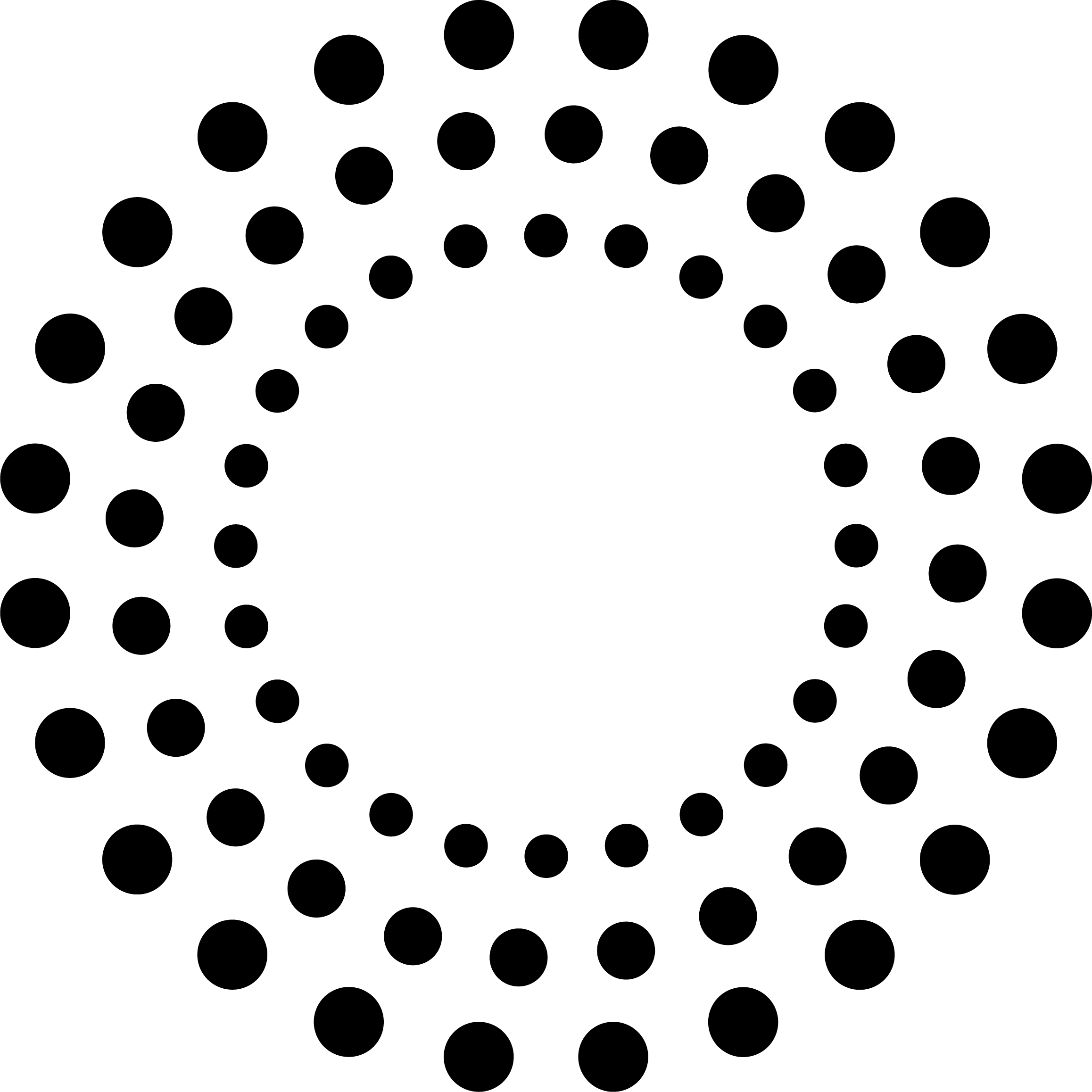

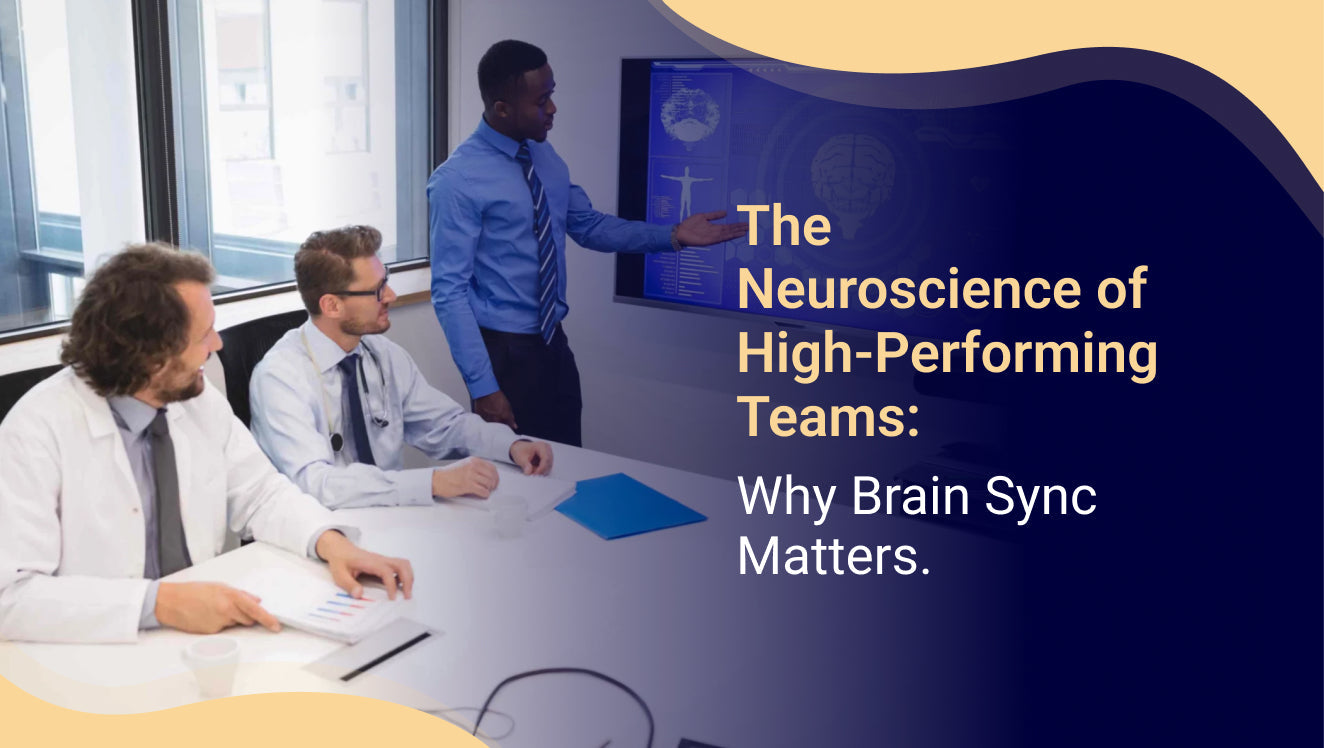


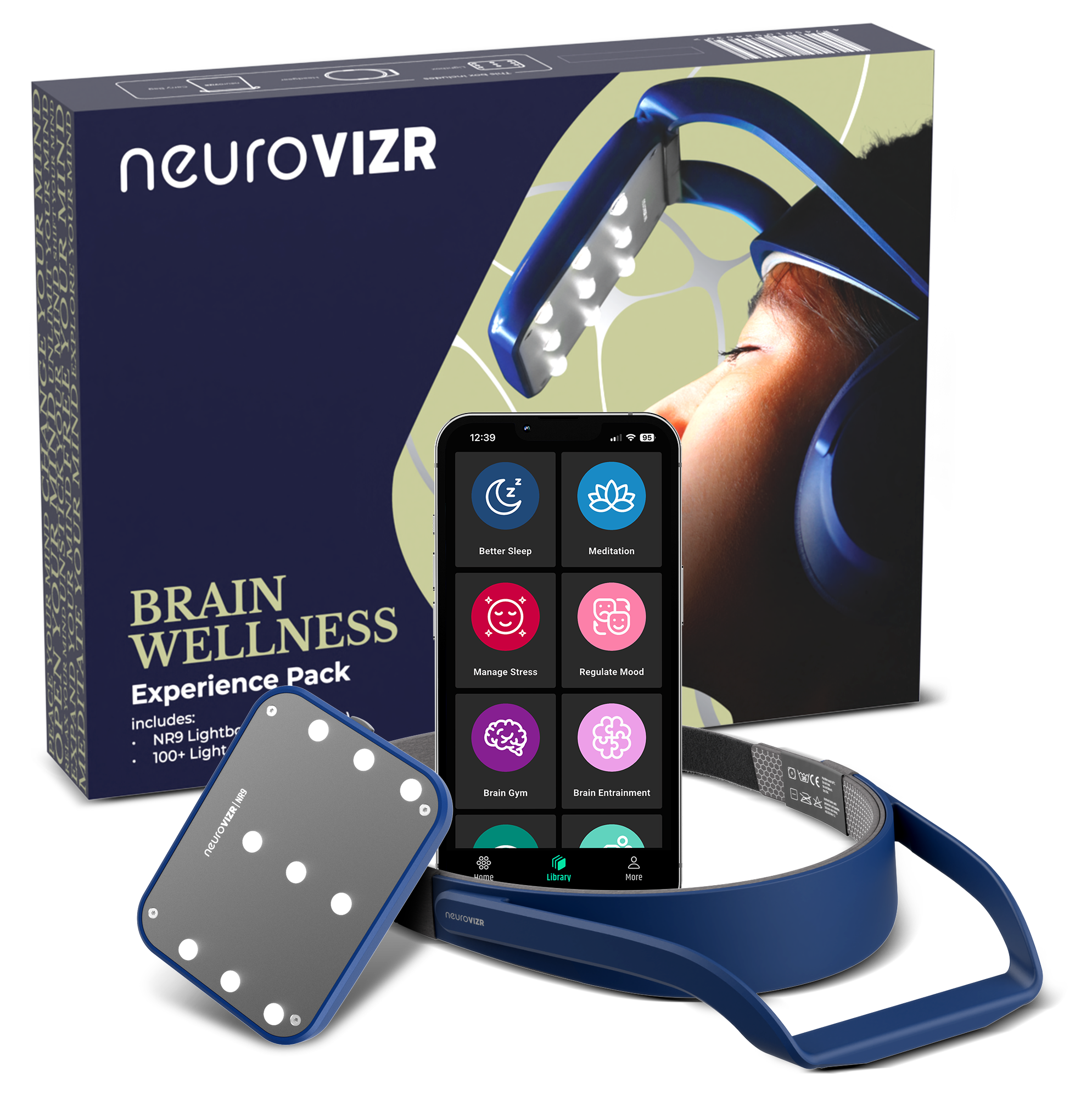


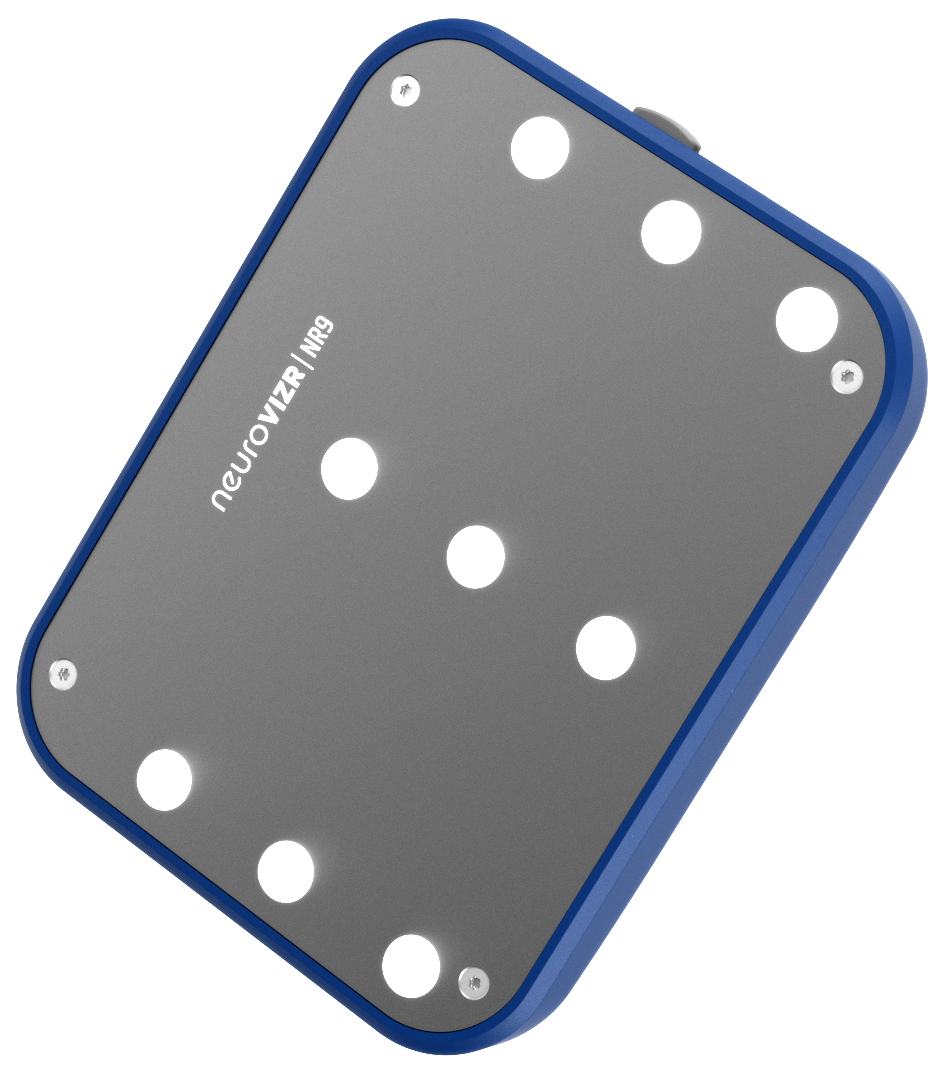
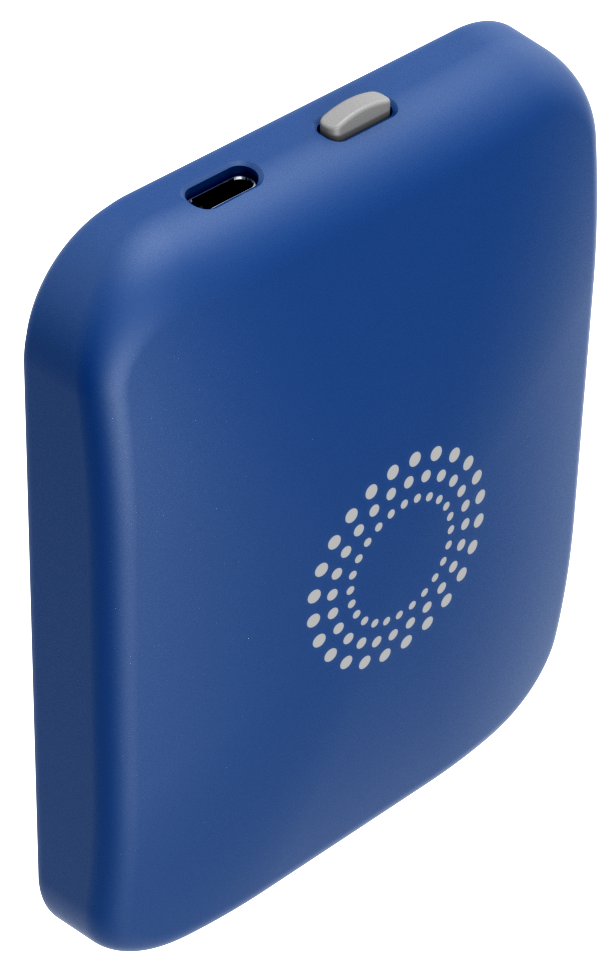
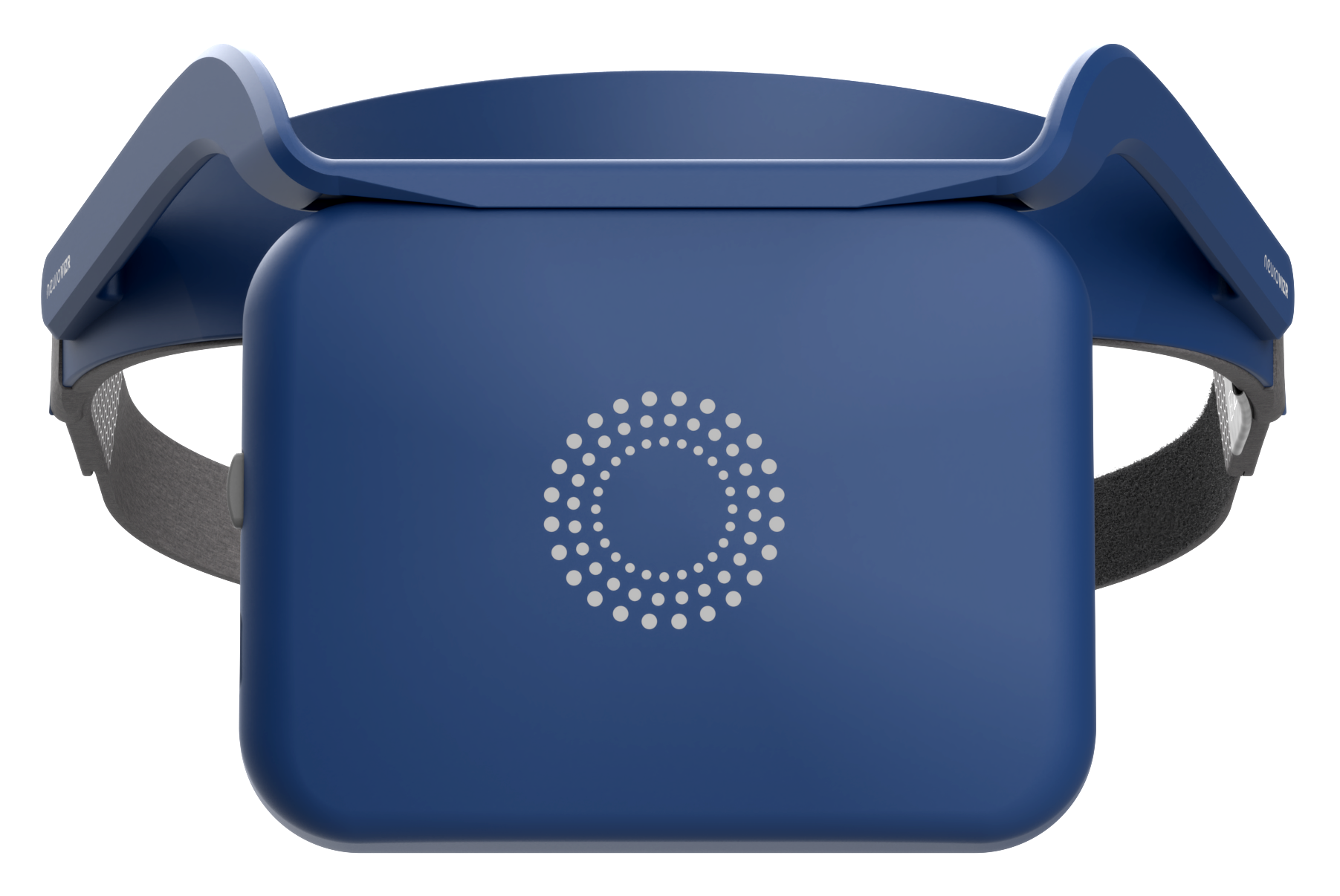
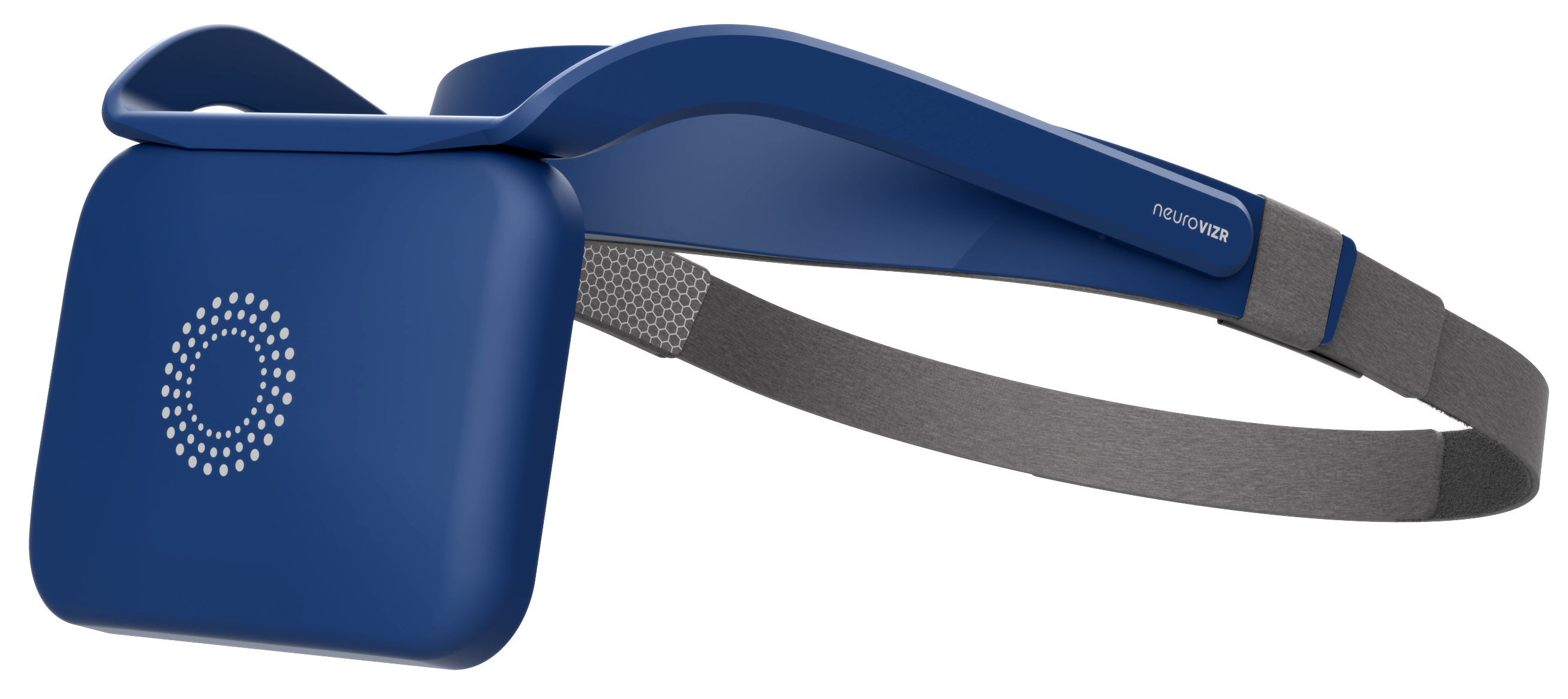
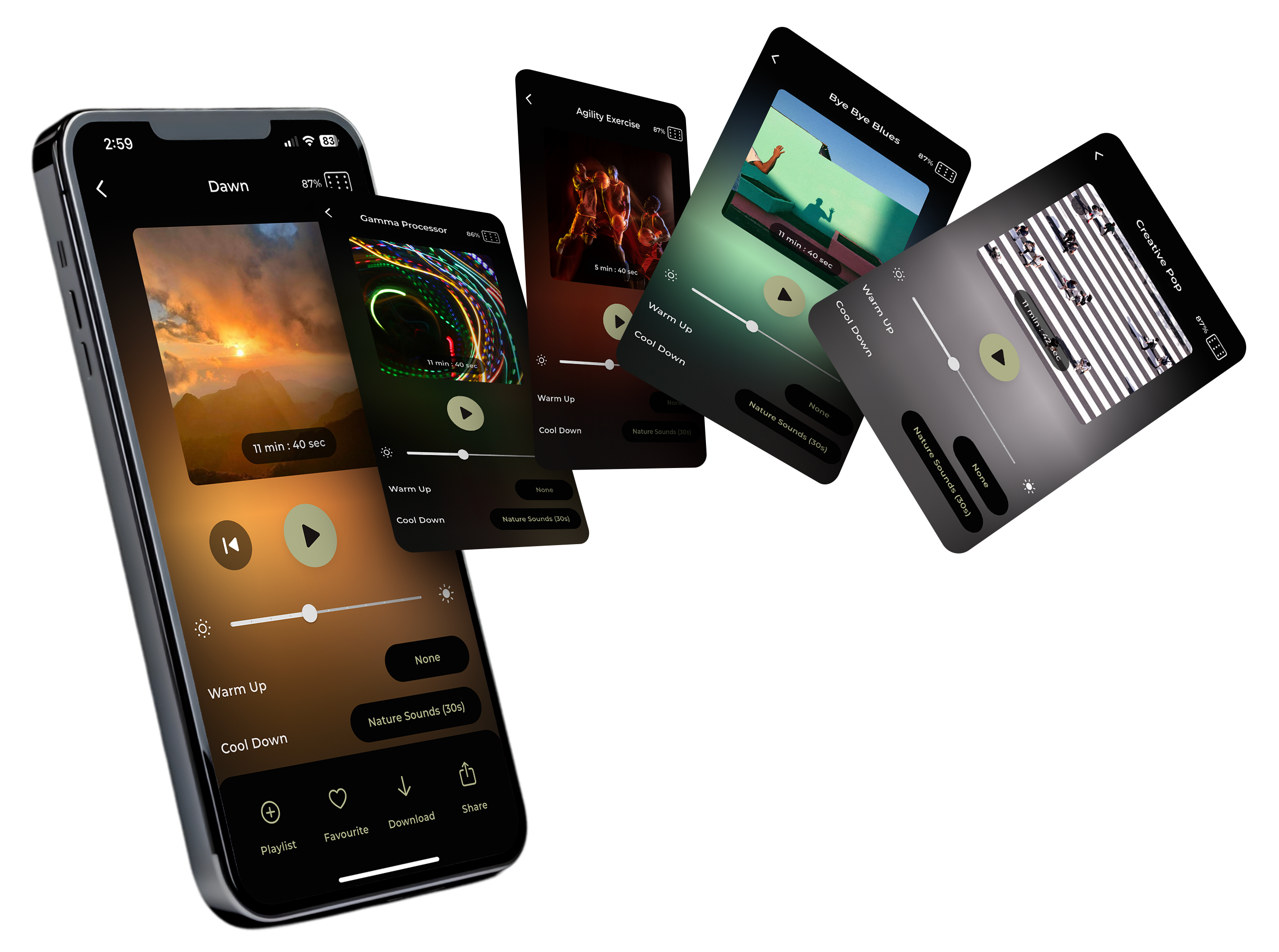
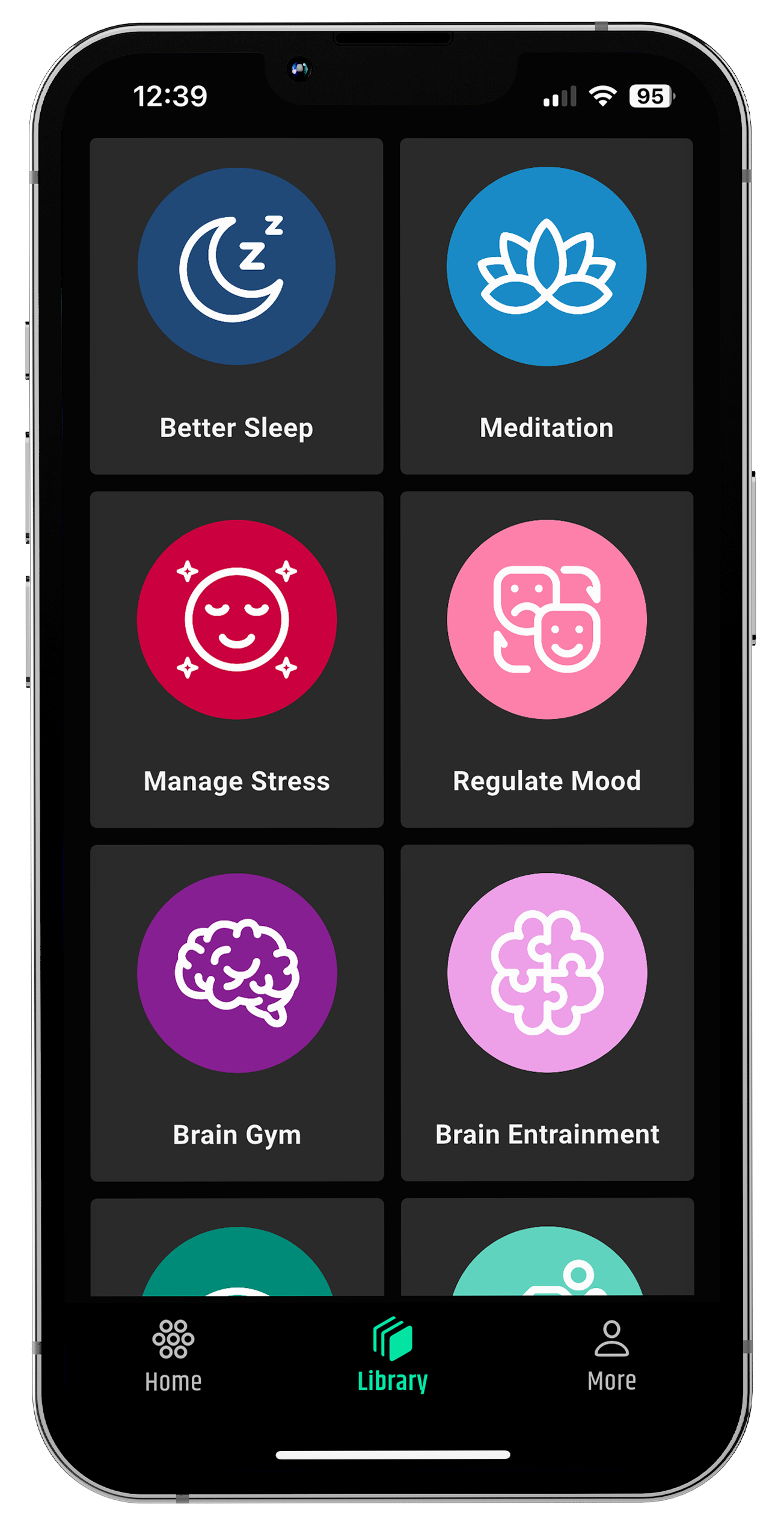
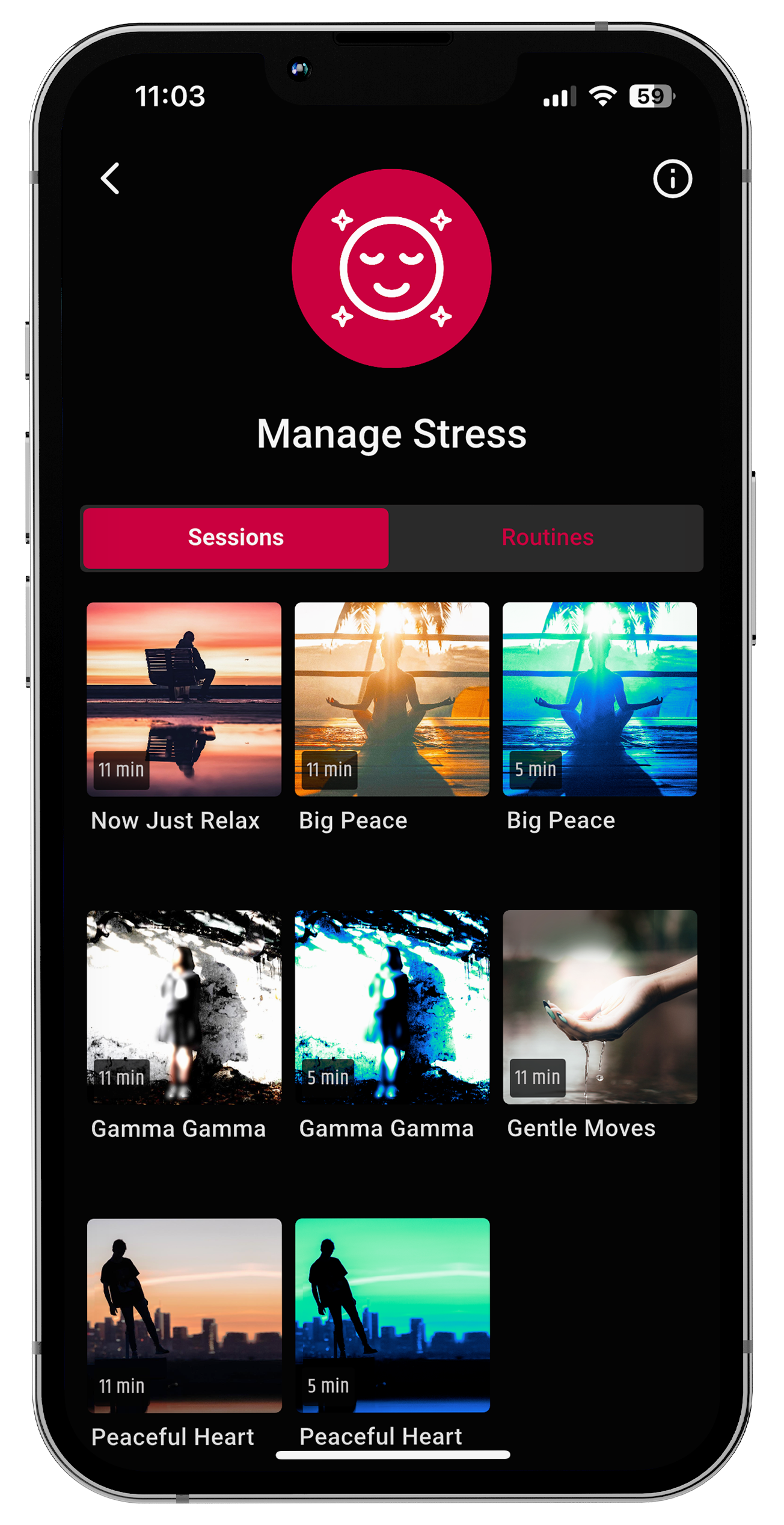
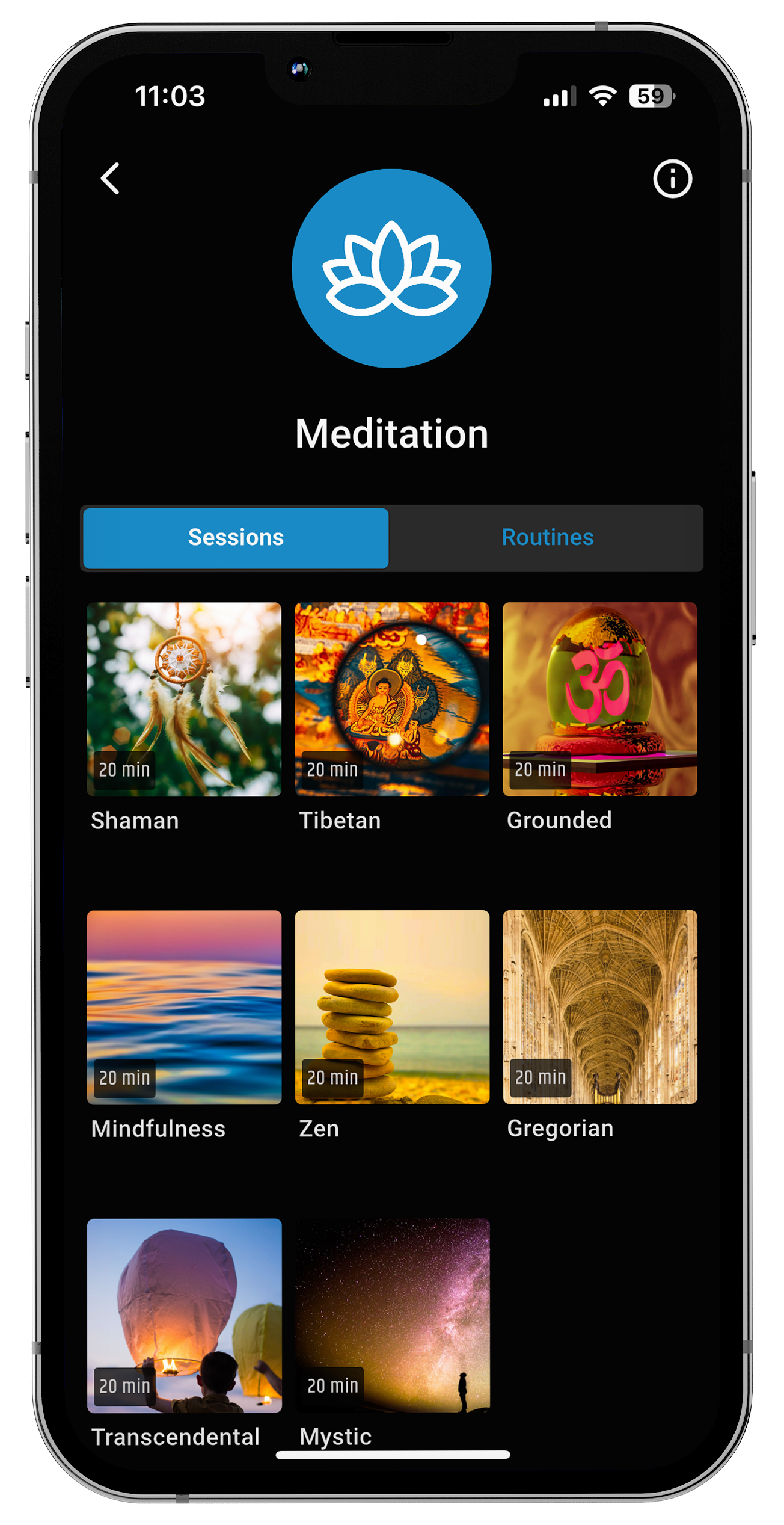
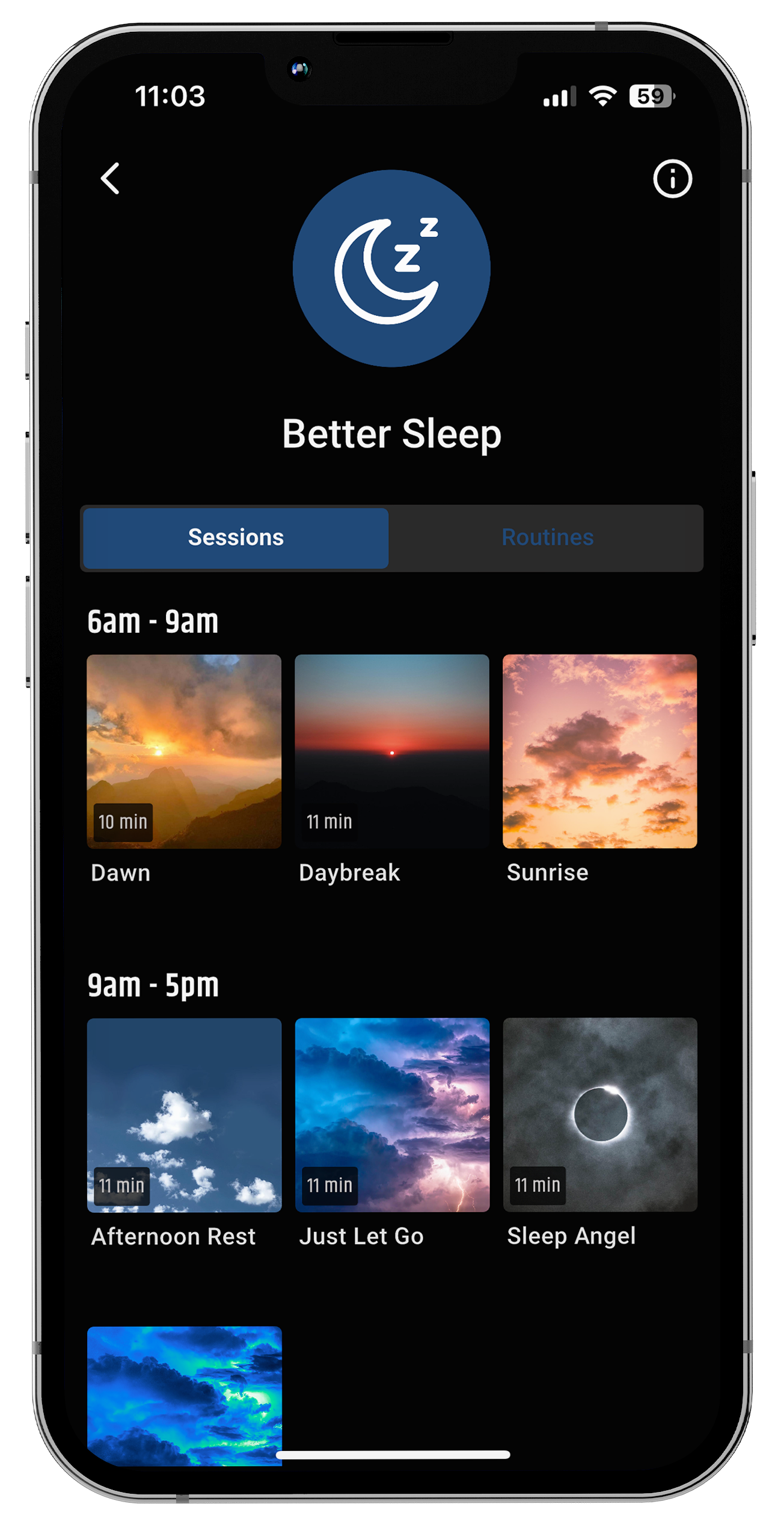
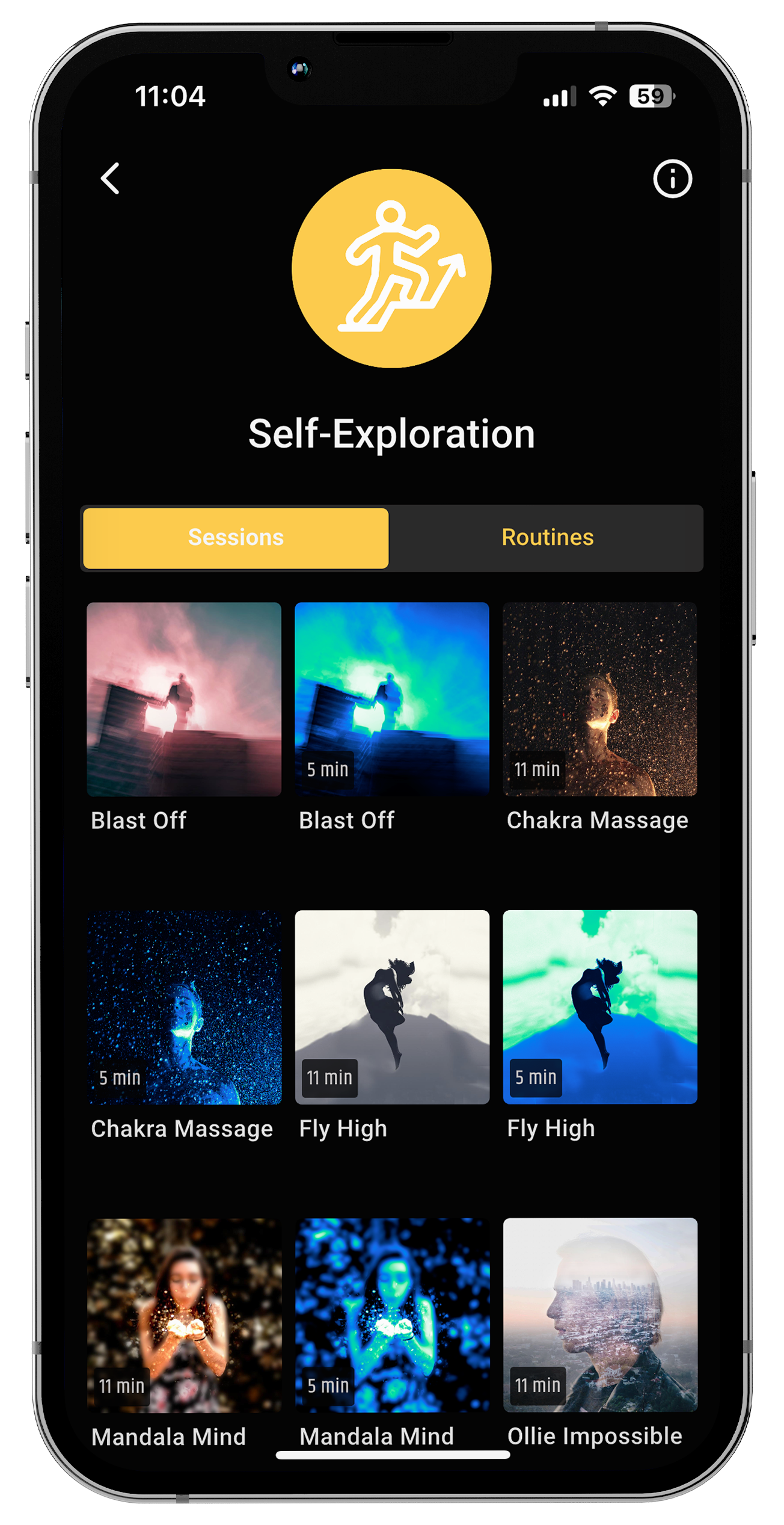
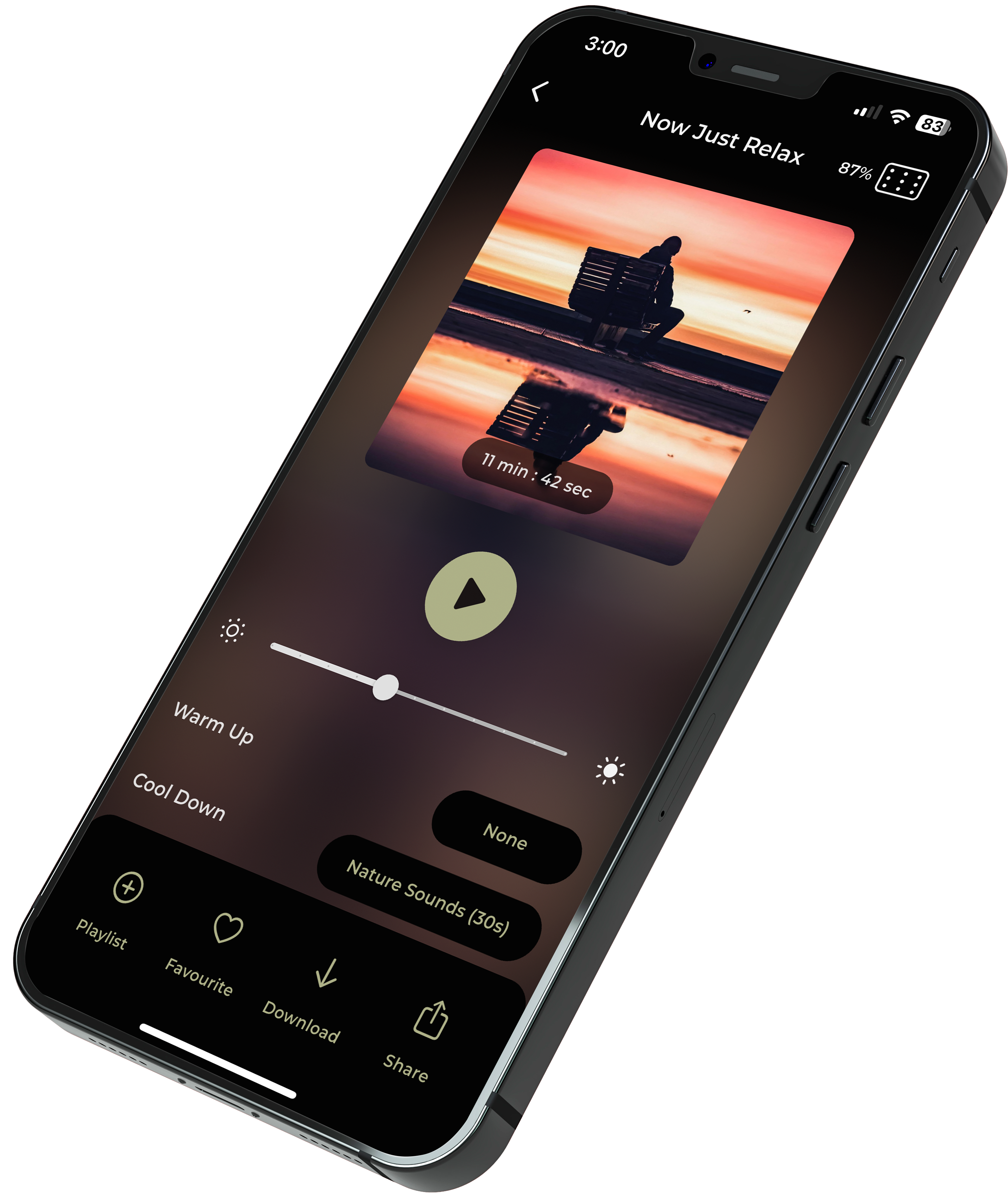


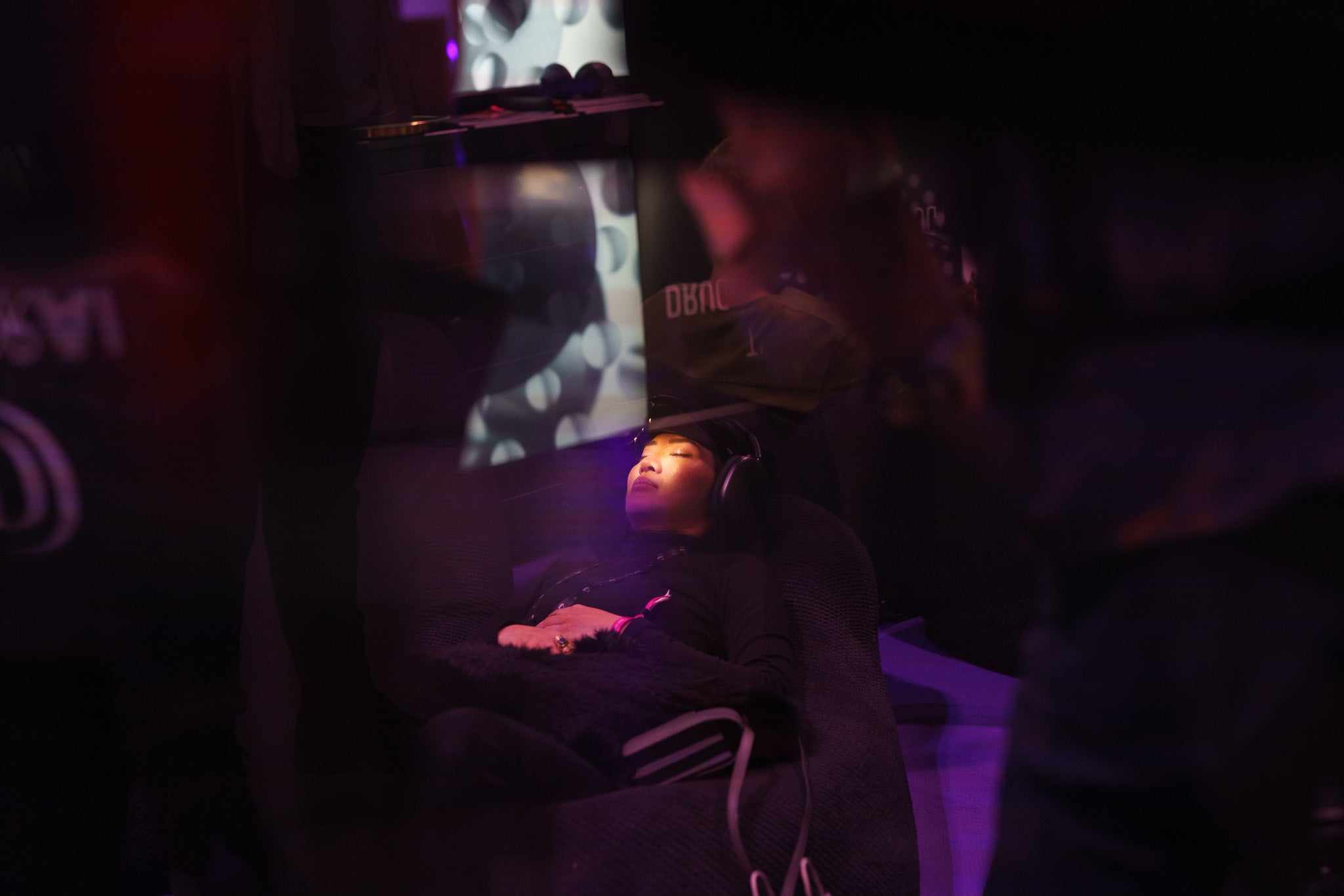




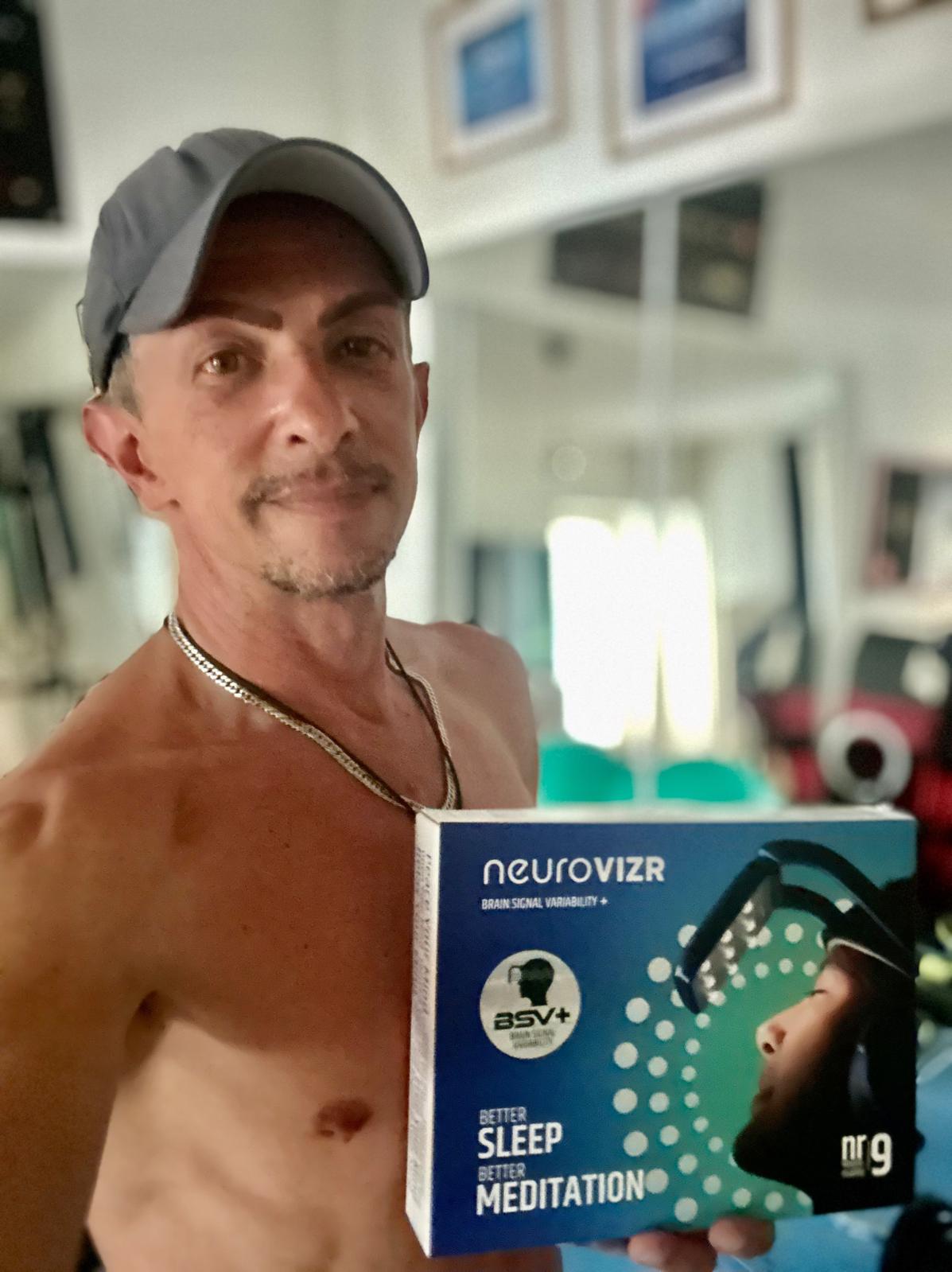
Share:
What Brain Stimulation Is Proper When Struggling in the Morning to Wake Up?
Mental Clarity Under Pressure: How neuroVIZR Boosts Focus and Calm